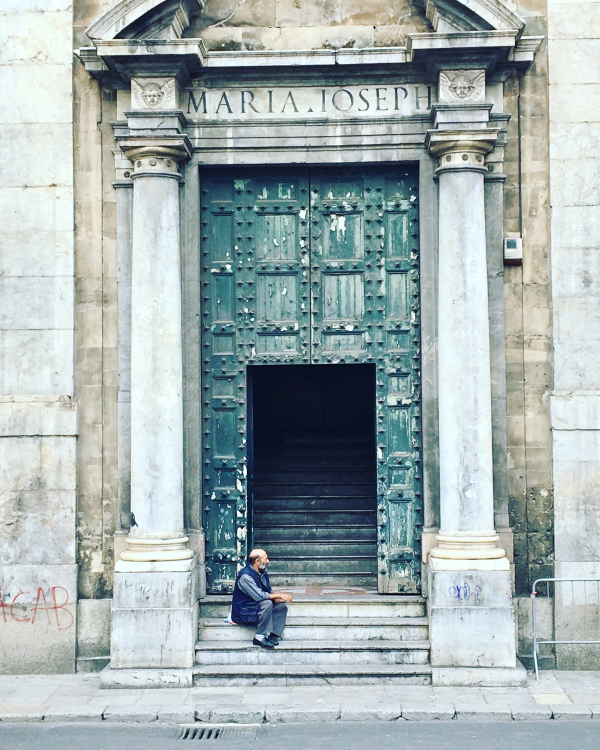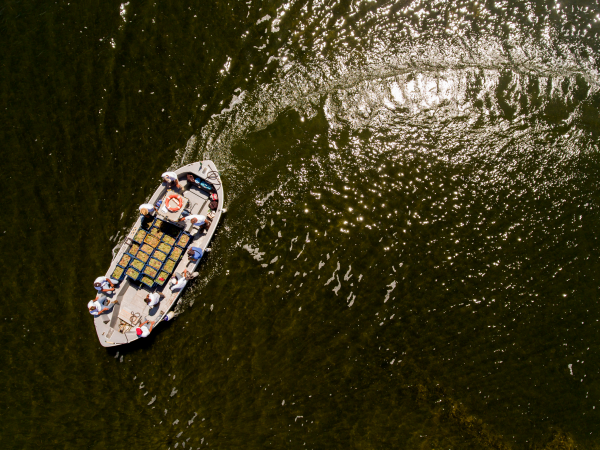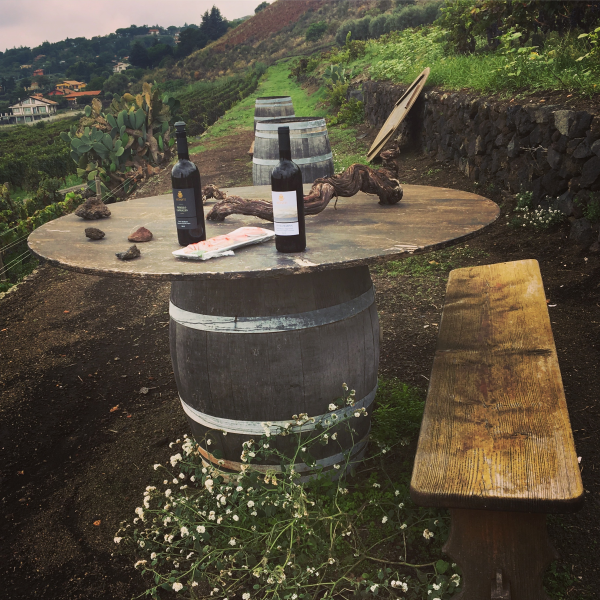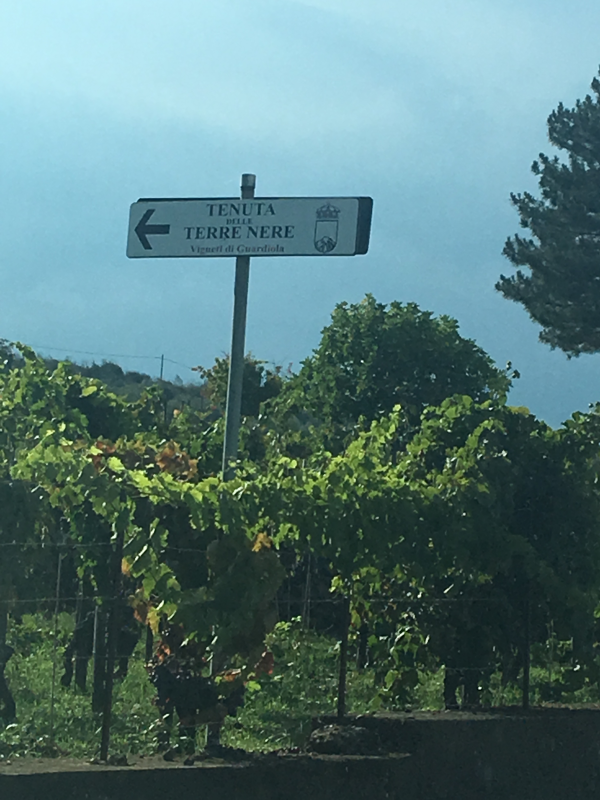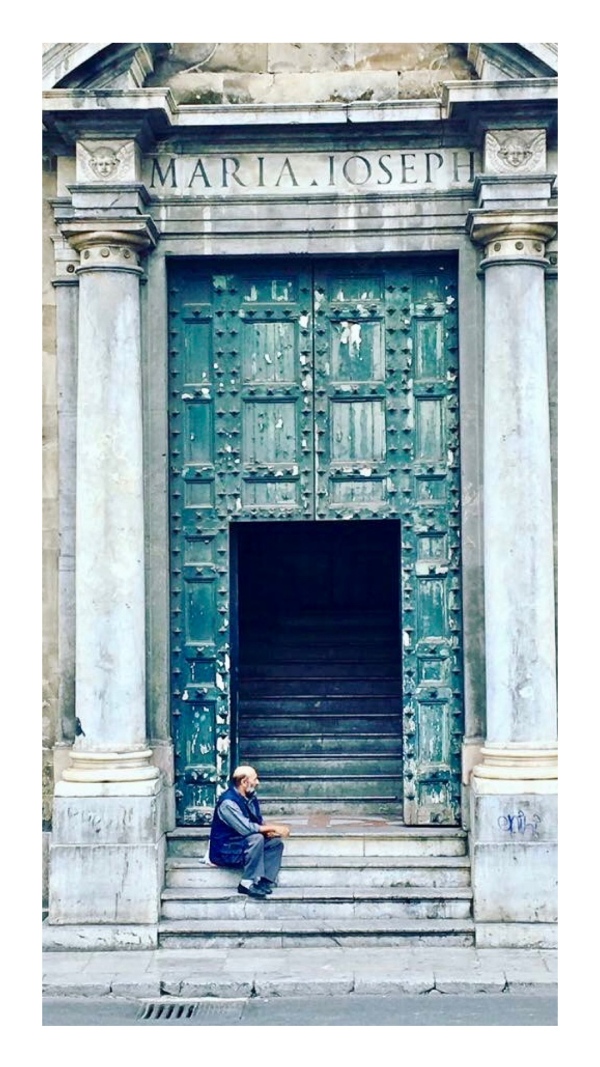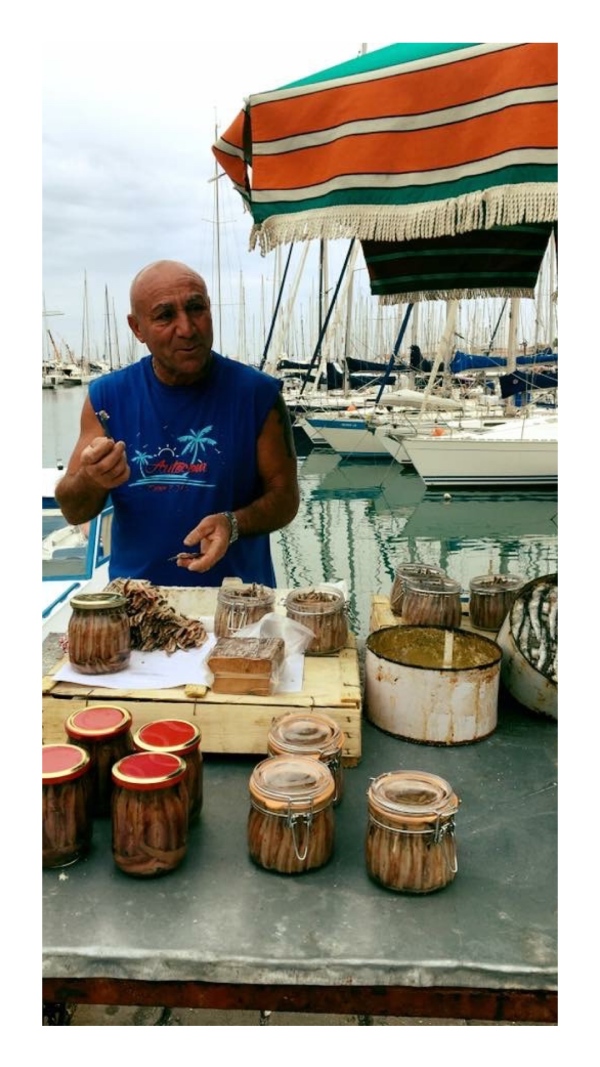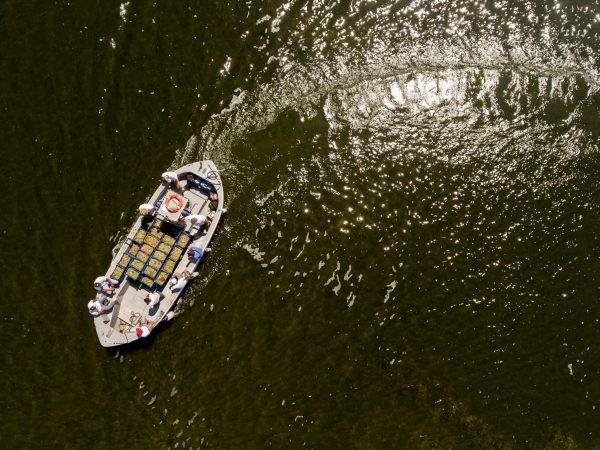Napa Valley Life
Yes, it is part of Italy, but any visitor will tell you: Sicily is Sicily.
With its strategic location in the Mediterranean Sea, ideal climate, and fertile soils, Sicily has been a beacon of winemaking since an astonishing 8,000 BC. Influences from Phoenicians, Greeks, Carthaginians, Normans, Arabs, and Romans have each left their mark, creating a tapestry of cultures unique to Sicily. The Greeks, renowned for their winemaking prowess, christened it Oenotria, the land of vines. The influences of Arabic cuisine are still palpable today in ingredients like saffron, couscous, almonds, and spices, which were introduced by Arab settlers and continue to play a significant role in Sicilian dishes.
Alberto Tasca of Tasca D’Almerita beautifully encapsulates the essence of Sicilian culture, stating, “In Sicily, everything starts with a mix of diverse cultures. Being in the middle of a mess of various cultures is a richness we should never lose.”
One of the world’s most volcanic regions, Sicily boasts fertile soil, a cornerstone of its agriculture. The island’s diverse climate, ranging from subtropical on the coast to cooler and mountainous around Mount Etna, contributes to its wines’ distinct taste and aroma. The abundance of sunlight in Sicily aids in grape ripening, resulting in the sweetness and richness of the wines and their color intensity.
Sicily boasts 23 DOCs and one DOCG. The core grapes, Nero D’Avola, Grillo, and Nerello Mascalese, are found across all areas, including the region-wide Terre Siciliane IGT and Sicilia DOC categories.
Established in 2011, Sicilia DOC resulted from a consortium of wine producers who elevated the Sicilia IGT to DOC. This collective effort, involving dozens of wineries, is a prime example of the industry’s commitment to quality. Producers must adhere to the quality control practices outlined by the DOC’s regulations to earn the designation.
Yes, it is part of Italy, but any visitor will tell you: Sicily is Sicily. It has an ancient soul and a distinct character. In addition to a flourishing wine industry, it is a fascinating destination to explore, especially the western, less-traveled part of the island.
Dei Principe di Spadafora
Most things in Sicily begin in the northwest at its capital, Palermo, and for wine, it’s the surrounding wine region of Monreale DOC. The “Winemaker Prince,” Francesco Spadafora (meaning: draw the sword), runs his Dei Principi di Spadafora estate with his daughter Enrica (“Kiki”) and 20-something Assistant Winemaker Luciana Enoloisy. Spadafora’s noble roots trace to 1230, yet he prefers the rustic countryside to a palace.
His passion for viticulture and winemaking is matched by his affectionate rapport with Kiki, who seems to be the one running the show. Speaking in perfect English, she’s doing the marketing, ordering, decision-making, and eno-tourism-building work while the prince keeps his head down in the vineyards and cellar. To reach the estate (which offers lodging and meals), guests must travel the countryside and mountainous roads, often without road signs or much cell service. Handwritten signs and emailed instructions guide the way. But the journey “vale la pena,” as Italians say, “it’s worth it”: The wide range of wines is excellent, the estate is beautiful and tranquil, and the farm-to-table meals are shockingly good (and made by a prince). www.spadafora.com
Cantine Florio
Sicily’s west coast deserves much more attention than it receives. Traveling south along the coast from Palermo, follow the Via del Sale (Salt Route) and visit the evocative salt flats of Saline, then travel to the ancient archeological island of Mozia before hitting Marsala, the namesake of Sicily’s first wine product to put Sicily on the wine-producing map in 1833. The fortified wine has historically blended white wines Grillo, Inzolia, and Catarratto, then been aged oxidatively in barrels for extended maturation to develop flavors of vanilla, nuts, dried fruits, and spice. Today’s Marsala permits ten varieties, including Nerello Mascalese and Nero d’Avola.
Cantine Florio and the historic Florio family once owned Palermo’s Villa Igeia, the five-star luxury hotel recently acquired and updated by Rocco Forte Hotels. When Sicily was one of Europe’s wealthiest regions in the 19th and early 20th centuries, the Florio family were known as “The Lions of Sicily,” distributing their spices, tuna, and Marsala throughout Europe via their large fleet of ships. Marsala became the first Italian DOC in 1931, and Cantine Florio now has a wide range of red and white wines, passito from Pantelleria, and over 20 styles of Marsala. www.cantineflorio.com
Tasca D’Almerita
The island of Mozia near Marsala is owned by Tasca D’Almerita, an eighth-generation Sicilian winemaking family with estates in the Aeolian Islands, Monreale, Mount Etna, and in the rural, central Sicilian mountains at their flagship estate, Tenuta Regaleali. On Mozia, Tasca grows Grillo—a super aromatic white wine with notes of citrus, tropical fruit, fresh acidity, and minerality. The grapes must be loaded into small boats and transported to Tasca’s mainland winery to vinify. The water around the island is so shallow that ships cannot approach.
There are only two things in Mozia: vineyards and archaeological ruins. In 1979, archeologists discovered the statue “Youth of Mozia,” a Carthaginian-style Greek marble masterpiece from the 5th century BC. On the mainland, the Whitaker Museum is filled with discoveries from the island.
Alberto Tasca explained, “Mozia is still under discovery. You are walking in Athens—imagine the Acropolis with vineyards.”
Wine Enthusiast Magazine named Tasca D’Almerita the European Winery of the Year in 2021. Tasca, President of SOStain Sicily, credits the winery’s insistence on sustainability for receiving the award. “I am crazy about sustainability. Nature can be regenerated, and we all must work on that. It will be much easier if we have fun doing it.”
Tasca’s latest achievement was forming an association of 371 towns that agreed to recycle their glass to produce wine bottles. A designated company collecting the glass from the communities eliminated an obstacle. The resulting glass bottle is less expensive and lighter (a boon to the environment via lower carbon emissions for transport), and its use of discarded glass has solved a waste management problem.
“When we [initially] thought about sustainability, we learned from places like Sonoma and Napa. However, we cannot follow the same rules because, in Sicily, we have different attitudes, different points where we are strong, and where we must work. That is why sustainability must be a local project—thinking global but acting local.” www.tascadalmerita.it
Tenuta Gorghi Tondi
For decades, Southern Sicily-located grapes looking out on the sea were in demand, especially Grillo and Catarratto, and grown to be sold to produce Marsala. It was only in 2002 that sisters Annamaria and Clara Sala took the helm of the family business and became the fourth generation of women leading the now-labeled “Gorghi Tondi.” Located near Mazara del Vallo, a city known for its Arabic influences—it has its own Kasbah—Gorghi Tondi used the inspiration for its visual identity, especially in the use of mosaic tiles. The sisters have been wildly successful; their 2021 Kheirè Grillo was awarded Tre Bicchieri in 2023. https://www.gorghitondi.it/
Planeta Winery
Southeastern Sicily is home to the island’s only DOCG, Cerasuolo di Vittoria, a blend of Nero d’Avola and Frappato. The Nero d’Avola brings color, structure, and depth to the final blend, while Frappato offers aromatics and freshness. Chiara Planeta’s family has been rooted in Sicily since the 16th century, well before Planeta Winery began operating in 1990. Planeta has grown to five locations across the island: Noto, Vittoria, Menfi, Capo Milazzo, and Etna.
Frappato has gained popularity as a single-variety wine in recent years, while Nero D’Avola, formerly sought after, saw a significant drop in popularity for years. It is now experiencing a resurgence in appreciation.
Chiara Planeta explained its renaissance under the capable hands of her brother Alessio, Planeta winemaker and Wine Enthusiast’s 2023 Winemaker of the Year. “This, for Alessio, is a point of pride because Nero D’Avola did not have a good reputation in the past. It was considered quite aggressive and rustic. And with his elegant expressions, he’s shown it is not the grape itself; it’s where you plant it and how you vinify it that makes the difference.” www.planeta.it
Donnafugata
Donnafugata was named for the fictional estate in Giuseppe Tomasi di Lampedusa’s novel Il Gattopardo (The Leopard), which is set around Contessa Entellina, Donnafugata’s Western Sicily estate. It also has Pantelleria, Marsala, Vittoria, and Mount Etna estates.
In 2021, they released two Etna DOC wines: the white Isolano made with Carricante and the 100 percent Nerello Mascalese, Cuordilava (heart of lava), a nod to the still-active volcano. Both show the elegance and minerality that have made Mt. Etna’s volcanic terroir famous.
Nerello Mascalese thrives in Mount Etna’s volcanic soils and is often blended with its cousin, Nerello Cappuccio. The wine-producing region includes some of the highest-altitude vineyards in Italy, stretching from almost 500 feet above sea level to around 4,000 feet. Carricante is Etna’s primary white variety, often blended with Catarratto to make Etna Bianco. Etna earned DOC recognition in 1968, and many predict the region will be the next Sicilian DOCG.


